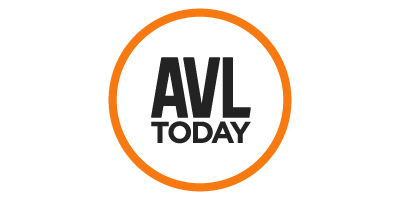This week, the City of Asheville released its Community Development Block Grant Disaster Recovery (CDBR-DR) Draft Action Plan, breaking down how it will spend $225 million in federal recovery funding. Here’s what’s included in the plan and how you can share your feedback before the final plan is approved.
First, some background...
In a January visit, Gov. Josh Stein and Secretary of the US Department of Housing and Urban Development (HUD) Adrianne Todman announced $1.65 billion toward Helene recovery through two CDBG-DR awards. Of that sum, $225 million was allocated to the City of Asheville. For Buncombe County residents outside of the city limits, you can view the state’s action plan.
Through February, residents shared feedback on recovery needs, which informed the draft action plan.
What’s included?
Of the ~$225 million, $195,661,000 is allocated to addressing unmet needs. These needs are defined through an assessment by HUD, identifying the most important recovery needs not addressed by other funding sources. The assessment focuses on three sectors: infrastructure, economic revitalization, and housing. The remaining $29,349,000 goes towards mitigation, increasing resilience, and reducing risk for future disasters.
In the plan’s first draft, the largest piece of the pie, $130 million, is allocated for infrastructure, followed by $50 million for economic revitalization and $29 million for housing. The remainder of the funds are categorized as public services. Find the full plan to dive deeper into each section.
The next steps
You can share your feedback on the draft plan at three upcoming sessions — each will focus on a specific section; however, if you have questions about other portions, or the plan as a whole, they will still be addressed.
- Housing | Wednesday, March 19 | 6-8 p.m. | Harrah’s Cherokee Center Asheville, Banquet Hall
- Economic Revitalization | Monday, March 24 | 10 a.m.-2 p.m. | Golden Hour
- Infrastructure | Wednesday, March 26 | 10 a.m.-12 p.m. | A-B Tech, Ferguson Auditorium
Feedback shared at these sessions, as well as through the public comment portal, will inform the final action plan. Public comment ends Thursday, April 3. The final plan will be presented to city council on Tuesday, April 8 for approval before being sent to HUD.
The city expects to begin funding projects in the winter, continuing through 2031 — the funds must be used within six years.












